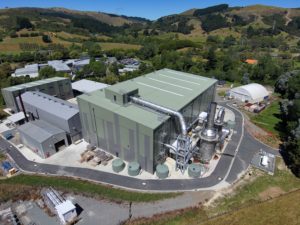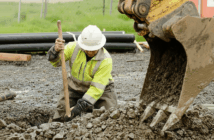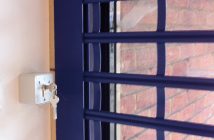Board Chair, Nigel Smith, says the facility demonstrates how New Zealand science can drive safer outcomes for communities.
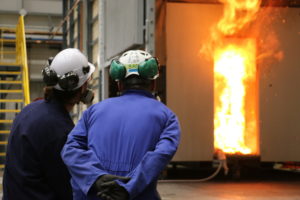
“This is a significant investment in public safety, research excellence and sector capability. The fire lab will help protect people and buildings across the motu, while providing local manufacturers and innovators with access to international-standard testing right here in Aotearoa. It shows how independent science can directly support both regulation and economic opportunity.”
The opening of the lab comes at a time of rising fire risk, driven by hotter, drier conditions and a shift to denser housing and new construction technologies such as mass timber and offsite modular builds, BRANZ says.
The lab provides a critical tool for understanding how these new building systems perform in real-world fire scenarios. It complements BRANZ’s broader suite of testing and research facilities, including structural and seismic, along with durability and weather testing labs.
The fire lab facility can test fire performance in full scale buildings up to three-storeys high and simulate fire spread in much taller structures. Internationally recognised testing will be available for local and overseas manufacturers to demonstrate compliance within and beyond New Zealand.
The 2023 Loafers Lodge fire in Wellington, which claimed five lives, reinforced the urgent need for better understanding of fire behaviour in higher-density housing and the systems that support people’s safety, Branz says.
The fire lab has been designed to serve both research and commercial testing needs. It features climate-controlled testing spaces, large-scale furnaces, and a tailored smoke scrubber system that reduces environmental impact during testing.
Building façades, systems and even fully prefabricated structures such as cabins or tiny homes can be tested under simulated fire conditions, providing valuable insights into how fire and smoke spread through modern buildings.
The lab will support the current Government review of fire safety regulations in the New Zealand Building Code, providing decision-makers with robust evidence to shape clearer and more practical fire safety requirements.
“We are focused on the areas that matter most – resilient and quality buildings, that are sustainable and affordable for New Zealanders. “The fire lab enables us to deliver new science and insights to help prevent fire tragedies, support innovation, and provide the confidence that buildings will perform when faced with a fire emergency,” says BRANZ Chief Executive Claire Falck.
“As the way we build changes, we need to further our understanding of risk. This lab means we can ask better questions, test new solutions, and work in partnership with industry to lift performance.”
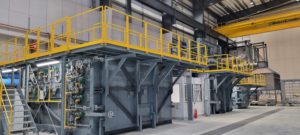 The lab will also help boost New Zealand’s export potential by providing accredited testing for local products and systems. These commercial assurance services allow manufacturers, developers and importers to demonstrate compliance and safety in both domestic and global markets.
The lab will also help boost New Zealand’s export potential by providing accredited testing for local products and systems. These commercial assurance services allow manufacturers, developers and importers to demonstrate compliance and safety in both domestic and global markets.
Falck says the facility reflects years of planning and a strong commitment to future-proofing and lifting our standards when it comes to building resilience.
“New Zealand needs buildings that are fit for purpose in our unique environment. That includes fire resilience. We’ve designed this lab to ensure the sector has the tools, data and testing it needs – now and into the future.” “This is about creating better buildings, built with science,” she says.

